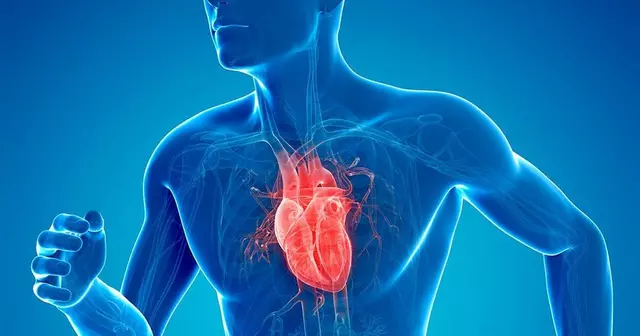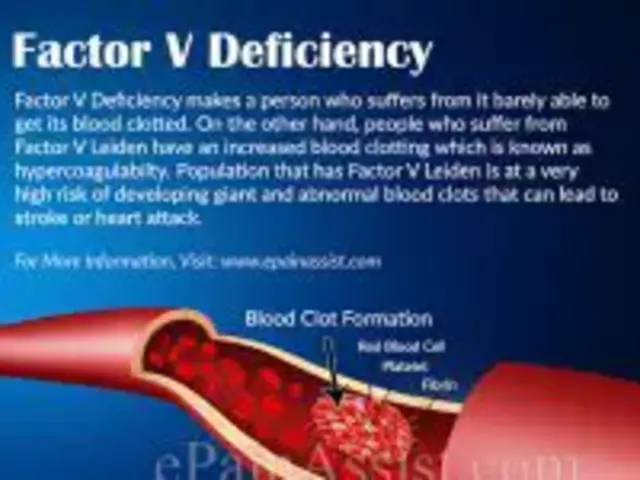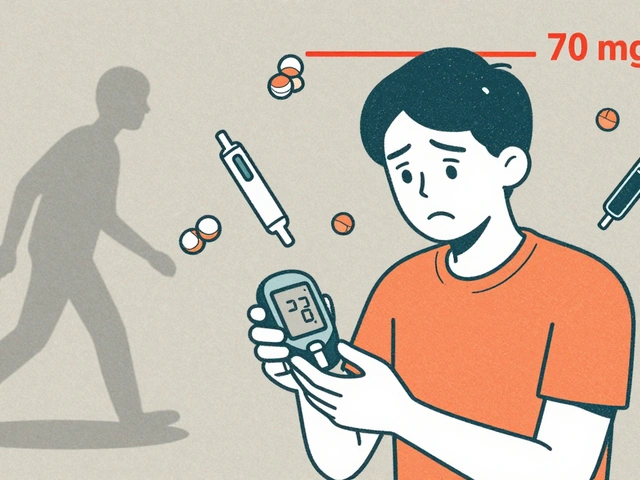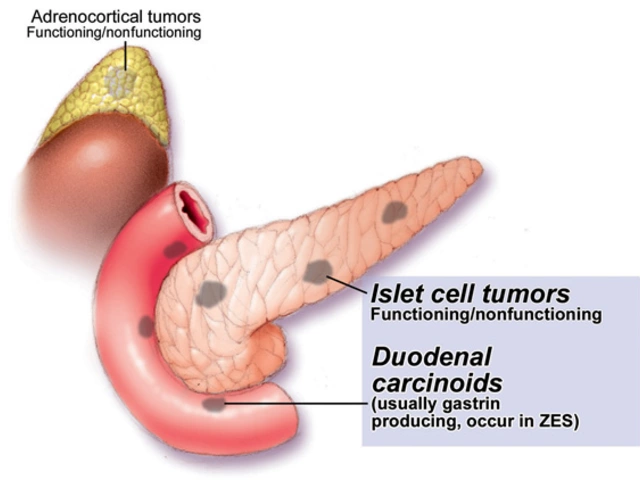Contractures: Causes, Symptoms, and How to Treat Them
When dealing with Contractures, a condition where muscles or tendons become permanently shortened, limiting joint movement. Also known as muscle contractures, it often results from injury, prolonged immobilization, or diseases that affect tissue elasticity. Understanding contractures means also looking at Physical Therapy, a rehab approach that uses exercises, manual techniques, and modalities to restore range of motion, Rheumatoid Arthritis, an autoimmune disorder that inflames joints and can cause chronic tightening of surrounding muscles, and Stretching Exercises, targeted movements designed to lengthen shortened fibers and improve flexibility. These entities interact: contractures often develop in rheumatoid arthritis patients, and physical therapy plus stretching are the primary tools to reverse them.
Why Contractures Happen and How to Fight Them
Contractures arise when muscle fibers adapt to a shortened position, a process driven by collagen buildup and reduced blood flow. Common triggers include prolonged casting after fractures, severe burns, neurological injuries, and chronic conditions like rheumatoid arthritis. The result is limited joint mobility, pain, and sometimes deformity. To counteract this, clinicians prescribe a blend of active and passive techniques. Physical therapy provides graded exercise programs that gradually increase stretch intensity, while modalities such as heat, ultrasound, or electrical stimulation boost tissue elasticity. Stretching exercises—like static holds, dynamic swings, and proprioceptive neuromuscular facilitation—directly target the shortened muscles, promoting fiber realignment. In rheumatoid arthritis, disease‑modifying drugs reduce inflammation, creating a better environment for rehab. Additionally, ergonomic adjustments, splint wear, and regular movement breaks help prevent new contractures from forming.
The articles below dive deep into related health topics that often intersect with contracture management. You'll find practical guides on pain relief for rheumatoid arthritis, strategies for motion sickness that affect balance during rehab, and insights into how smoking harms vascular health—another factor that can worsen tissue healing. Whether you're looking for medication comparisons, lifestyle tweaks, or step‑by‑step rehab plans, this collection gives you the context you need to tackle contractures head‑on and stay ahead of complications.

- Sep 25, 2025
- Posted by Cillian Osterfield
Duchenne Muscular Dystrophy: How Orthopedic Care Improves Mobility
Explore how orthopedic care tackles the musculoskeletal challenges of Duchenne Muscular Dystrophy, from scoliosis surgery to contracture management.
Categories
- Health and Wellness (61)
- Medications (45)
- Health and Medicine (22)
- Pharmacy Services (11)
- Mental Health (5)
- Health and Career (2)
- Medical Research (2)
- Business and Finance (2)
- Health Information (2)
Latest Posts
©2025 heydoctor.su. All rights reserved





